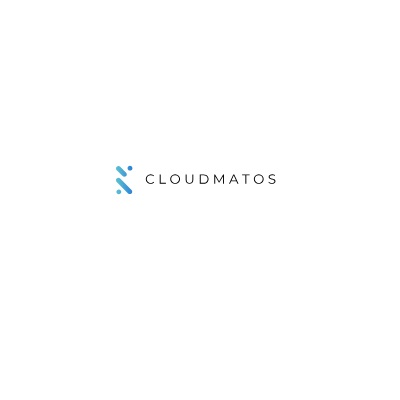Kubernetes has become the de facto standard for container orchestration, revolutionizing how organizations deploy, manage, and scale applications. However, with its growing popularity, Kubernetes security has become a critical concern for enterprises aiming to safeguard their containerized environments. Ensuring Kubernetes security involves addressing potential vulnerabilities and implementing robust measures to protect against threats.
Understanding Kubernetes Security
Kubernetes security encompasses the strategies and practices designed to protect the Kubernetes environment from various threats. These threats can range from vulnerabilities in the Kubernetes API to misconfigurations that expose sensitive data. Given the complex and dynamic nature of Kubernetes, ensuring its security requires a multi-faceted approach.
Key Areas of Kubernetes Security
- Cluster Configuration: Proper cluster configuration is foundational to Kubernetes security. This includes securing the Kubernetes API server, ensuring that API access is limited to authorized users only. Additionally, Kubernetes Role-Based Access Control (RBAC) should be configured to enforce the principle of least privilege, ensuring users and services have only the permissions they need.
- Network Security: Network policies in Kubernetes control the communication between pods and services. By implementing strict network policies, organizations can limit which services can communicate with each other, reducing the attack surface and preventing lateral movement within the cluster. It’s also essential to secure network communications with encryption and ensure that sensitive data is protected both in transit and at rest.
- Container Security: Containers are a crucial component of Kubernetes, and securing them is vital. This involves using trusted container images, regularly scanning images for vulnerabilities, and avoiding running containers as root. Tools like container image scanners and runtime security monitors can help identify and mitigate risks associated with containerized applications.
- Secrets Management: Kubernetes allows for the management of sensitive data using secrets. However, it’s crucial to handle these secrets securely. Leveraging solutions like Kubernetes secrets encryption and external secret management systems can help protect sensitive information from unauthorized access.
- Monitoring and Logging: Continuous monitoring and logging are essential for detecting and responding to security incidents. Implementing comprehensive logging and monitoring solutions helps in identifying suspicious activities, understanding security events, and responding to incidents promptly.
Best Practices for Kubernetes Security
- Regular Updates: Keep Kubernetes and its components up to date with the latest security patches to address known vulnerabilities.
- Least Privilege: Adhere to the principle of least privilege for both users and services, ensuring minimal access rights are granted.
- Audit and Compliance: Regularly audit Kubernetes configurations and practices to ensure compliance with security policies and industry standards.
Conclusion
Kubernetes security is a critical aspect of managing modern containerized applications. By focusing on proper cluster configuration, network security, container security, secrets management, and continuous monitoring, organizations can significantly enhance their Kubernetes security posture. As Kubernetes continues to evolve, staying informed about best practices and emerging threats will be essential for maintaining a secure and resilient environment.
For More Info :-





Comments